1. Boulder, Colorado
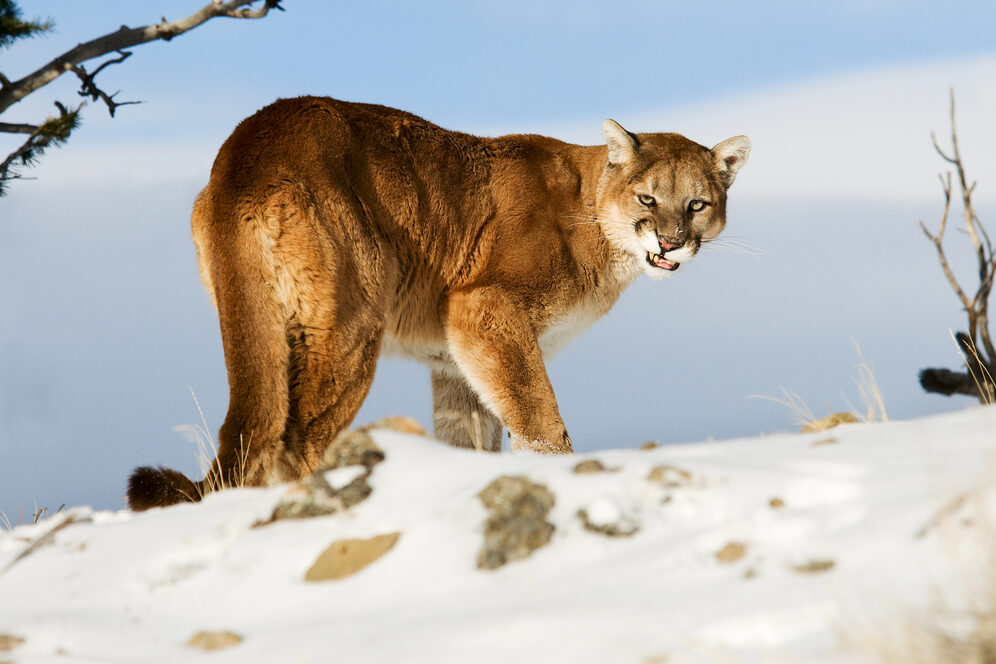
Boulder has always been known for its proximity to nature, but in recent years, its wildlife population has exploded. According to Colorado Parks and Wildlife, mountain lions, once rarely spotted near human settlements, are now seen with increasing frequency. Local authorities have had to educate residents on how to coexist with these big cats rather than fear them. Source: cpw.state.co.us
2. Asheville, North Carolina
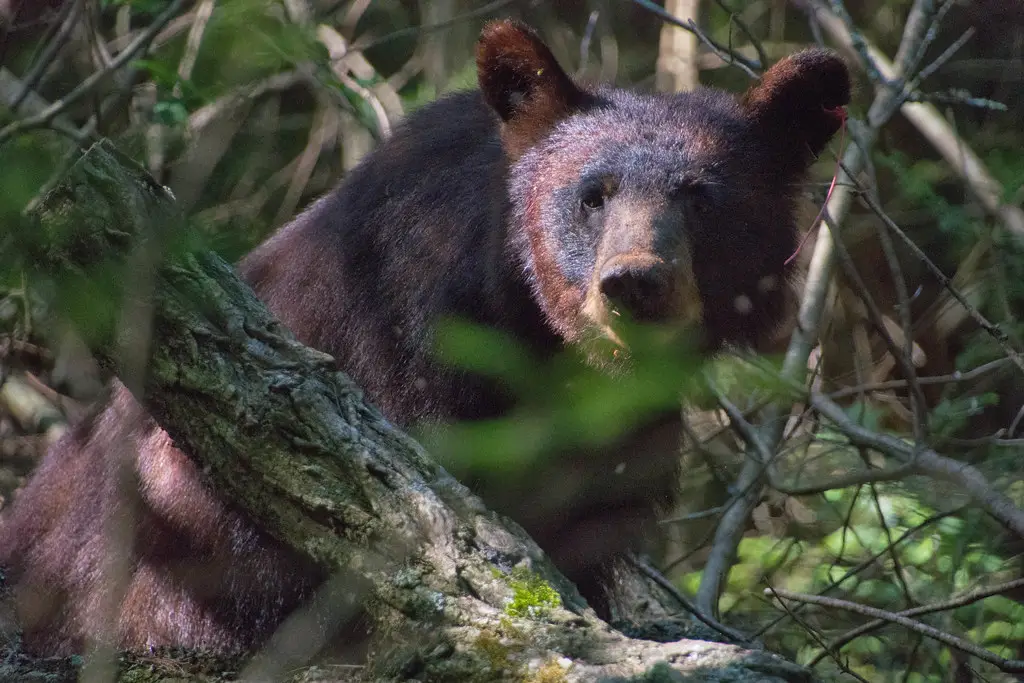
If you live in Asheville, seeing a black bear in your yard is just another Tuesday. The population of these intelligent and adaptable creatures has been booming, leading to frequent sightings in suburban neighborhoods. Instead of retreating deeper into the forest, black bears have learned to navigate human environments with surprising ease. Conservationists credit Asheville’s balanced approach to wildlife management for this comeback. The city educates residents about bear-proofing their homes rather than trying to push the animals out. Source: ncwildlife.org
3. Naperville, Illinois
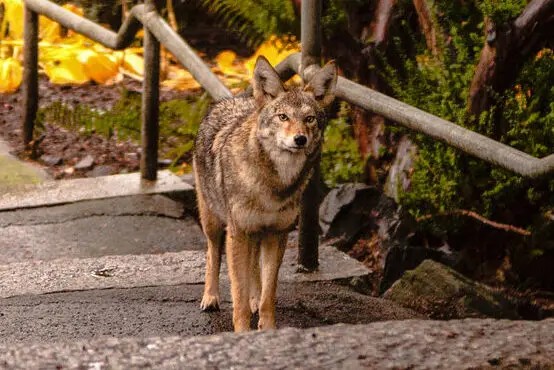
Coyotes are no strangers to American suburbs, but in Naperville, they’ve become more than just occasional visitors. These highly adaptable predators have learned how to thrive among humans, using greenbelts, golf courses, and parks as hunting grounds. Residents often hear their eerie howls at night, a reminder that wildlife is never too far away. Naperville’s local government has taken a hands-off approach, focusing on education rather than eradication. Residents have been taught how to live alongside coyotes by securing pets, avoiding feeding wildlife, and maintaining a respectful distance. Source: reconnectwithnature.org
4. Bellevue, Washington

Once a rare sight in suburban neighborhoods, bobcats have been quietly reclaiming their territory in Bellevue. These elusive felines are now being spotted on security cameras, slinking through yards and disappearing into wooded areas. Unlike larger predators, bobcats tend to avoid human interaction, making their comeback largely unnoticed. The city’s dense tree cover and proximity to wildlife reserves have provided the perfect environment for these small but fierce hunters. Residents have started seeing them as beneficial neighbors, as they help control rabbit and rodent populations. Source: wdfw.wa.gov
5. Scottsdale, Arizona
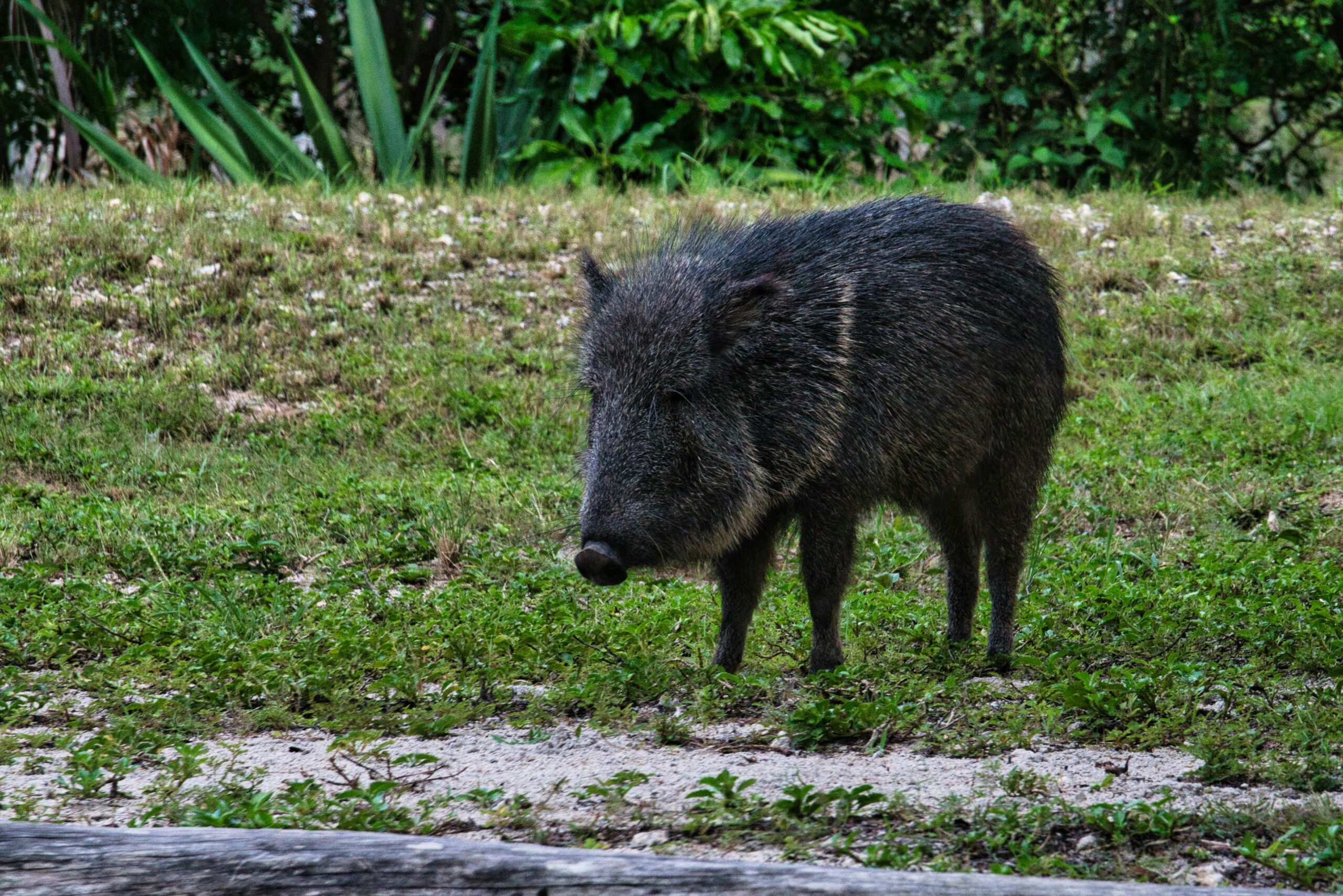
Scottsdale’s desert suburbs are seeing a resurgence of one of the Southwest’s most unique creatures; the Javelinas. These wild pig-like animals travel in groups and have become increasingly common in residential areas, especially at dawn and dusk. While they may look intimidating, they’re mostly just searching for food and water in a changing climate. Conservationists believe that suburban landscaping, which often includes native desert plants, has made Scottsdale an attractive place for javelinas to roam. Local wildlife experts also advise against feeding them and encourage homeowners to use barriers to protect gardens. Source: azstatespark.com
6. Alpharetta, Georgia
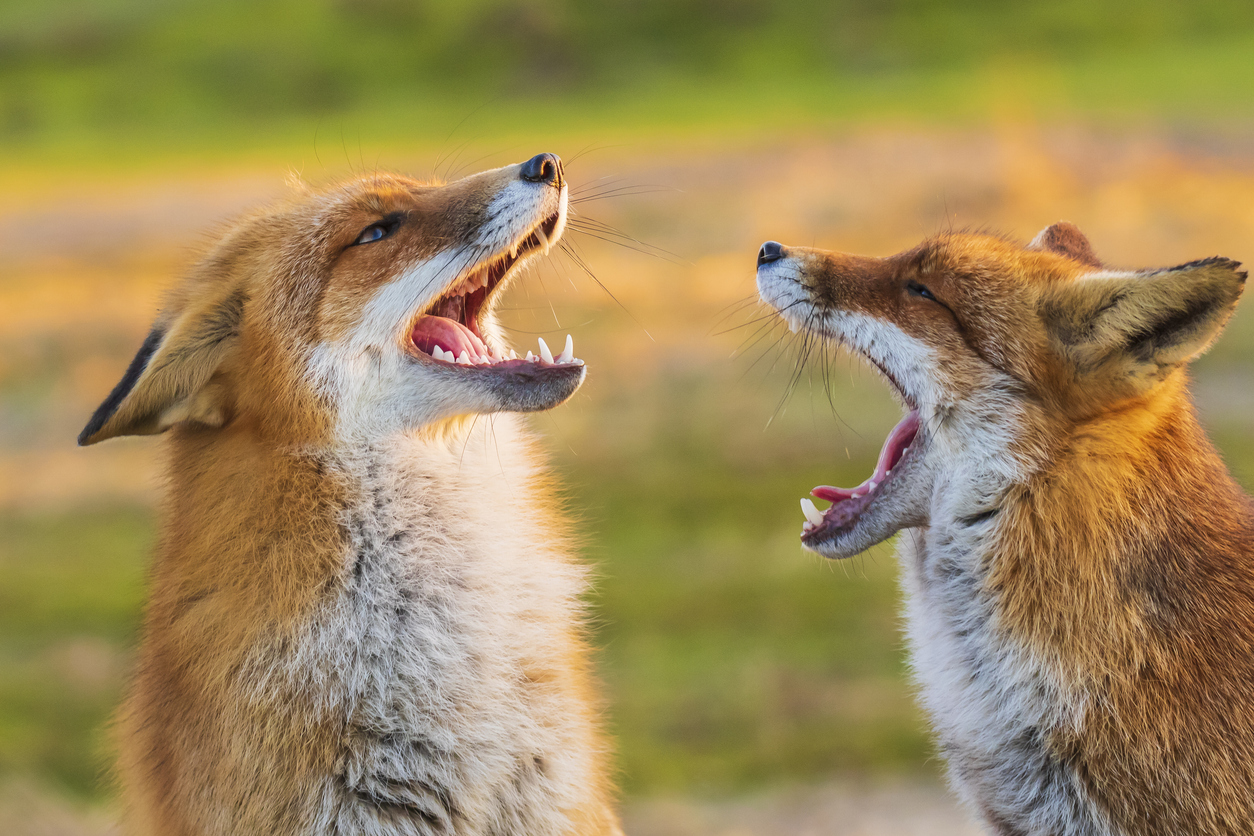
Red foxes have been making a quiet but steady comeback in Alpharetta, blending into the suburban environment with ease. These clever animals have learned to navigate backyards, parks, and even busy streets without drawing much attention. Their striking coats and bushy tails make them a fascinating sight for early-morning walkers and late-night drivers. They have found plenty of food sources in Alpharetta, from rodents to fruits and small birds. While some homeowners worry about their presence, experts reassure them that foxes are beneficial predators that keep other animal populations in check. Source: news.gatech.edu
7. Ann Arbor, Michigan
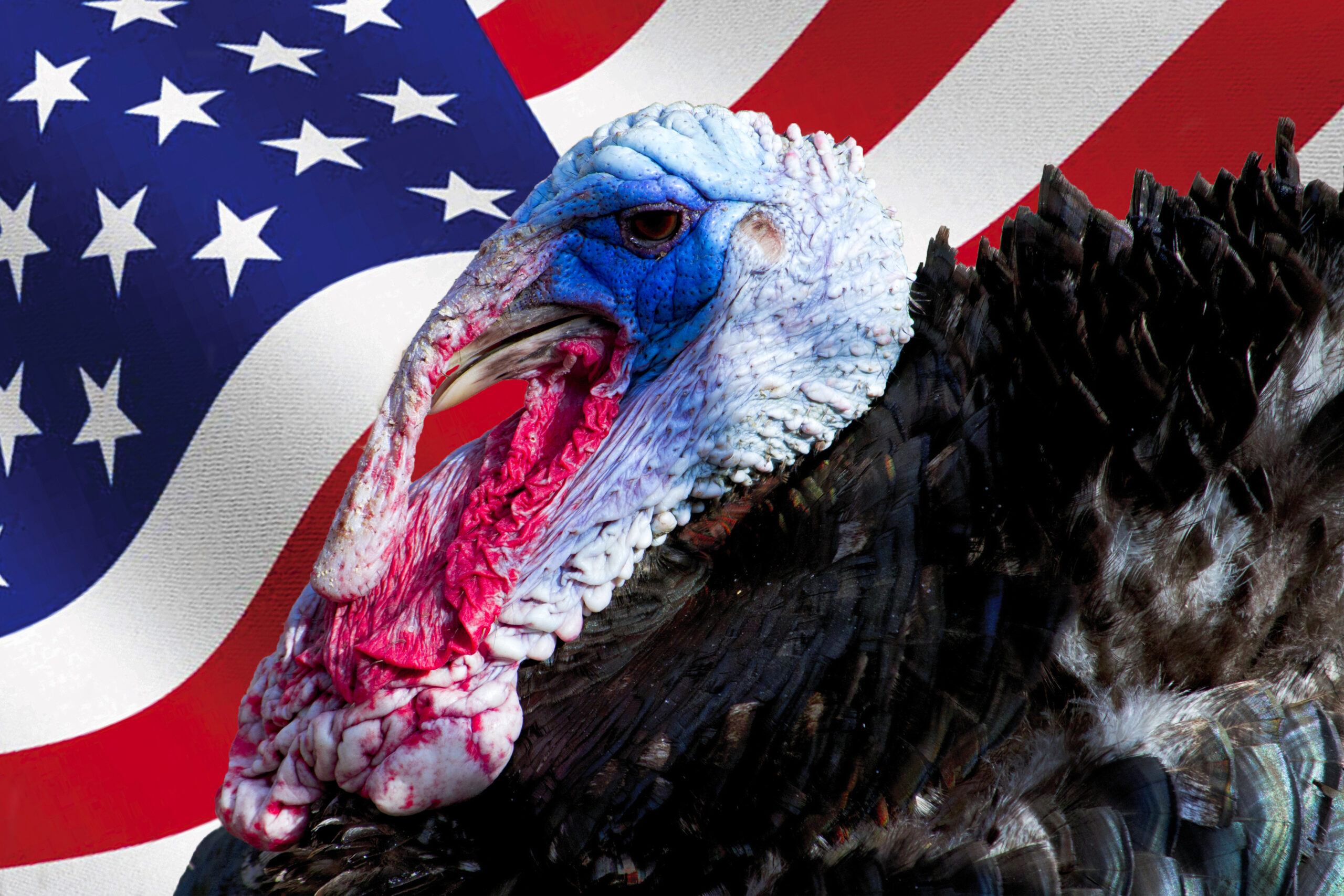
Not long ago, wild turkeys were nearly wiped out in many parts of the U.S., but Ann Arbor has become a hotspot for their return. These large, vocal birds now roam freely in suburban yards, often traveling in groups known as “rafters.” Residents have gotten used to seeing them strutting across sidewalks and perching on fences. Decades of hunting regulations, habitat restoration, and reintroduction efforts have allowed their numbers to rebound. While they sometimes become a nuisance, especially when they chase mail carriers, most locals appreciate their presence as a sign that nature is finding its way back.
8. Portland, Oregon
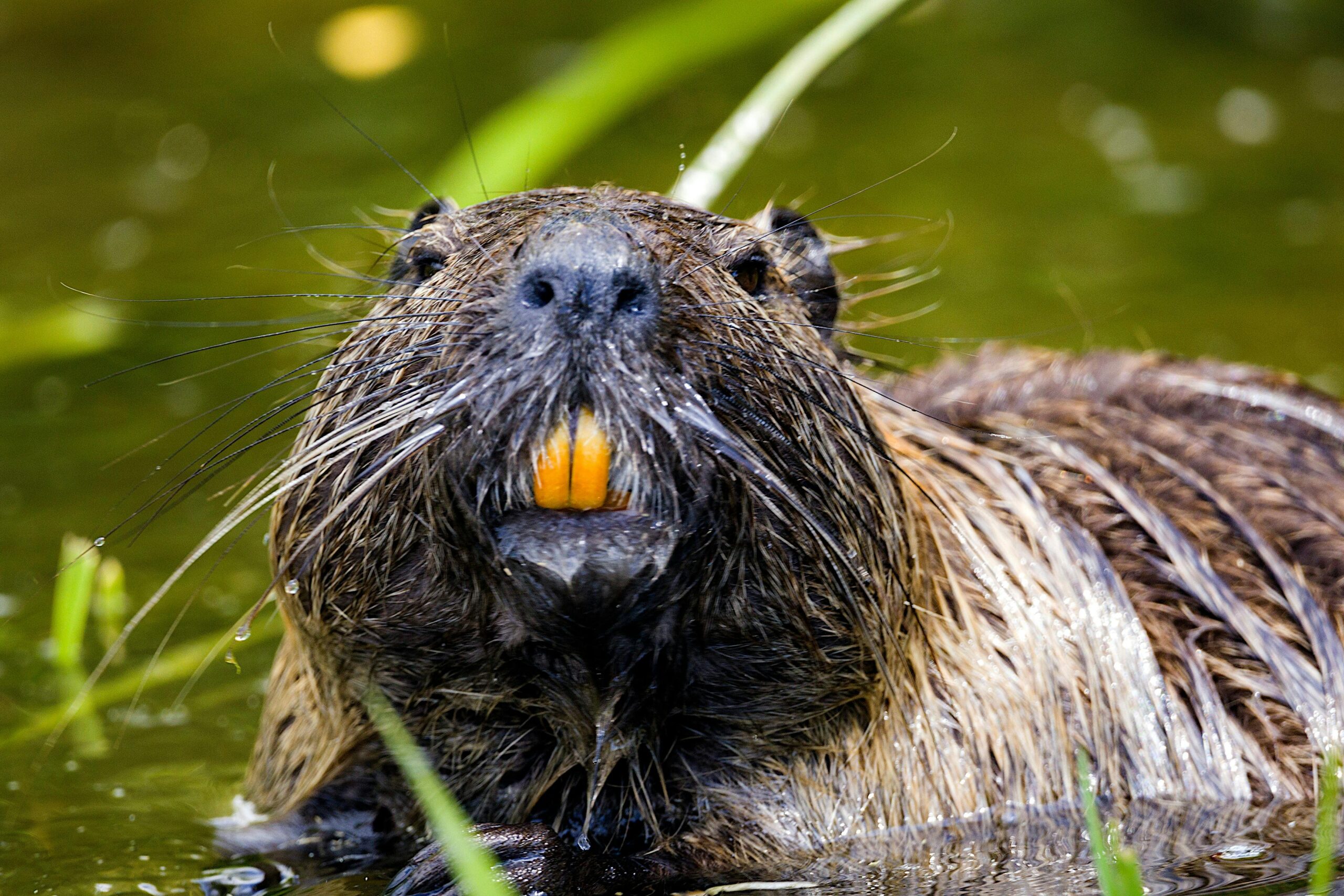
Portland’s waterways are once again home to nature’s most famous engineers, the beavers. These industrious rodents were nearly wiped out from urban areas due to trapping and habitat destruction, but in recent years, they’ve made an incredible comeback. Small creeks, ponds, and wetland restoration projects have given beavers a place to thrive. Residents are now spotting beaver dams in unexpected places, sometimes even causing minor flooding. Instead of removing them, Portland has embraced its beaver population, using innovative solutions like “beaver deceivers” to manage water levels while allowing the animals to stay.
9. Austin, Texas
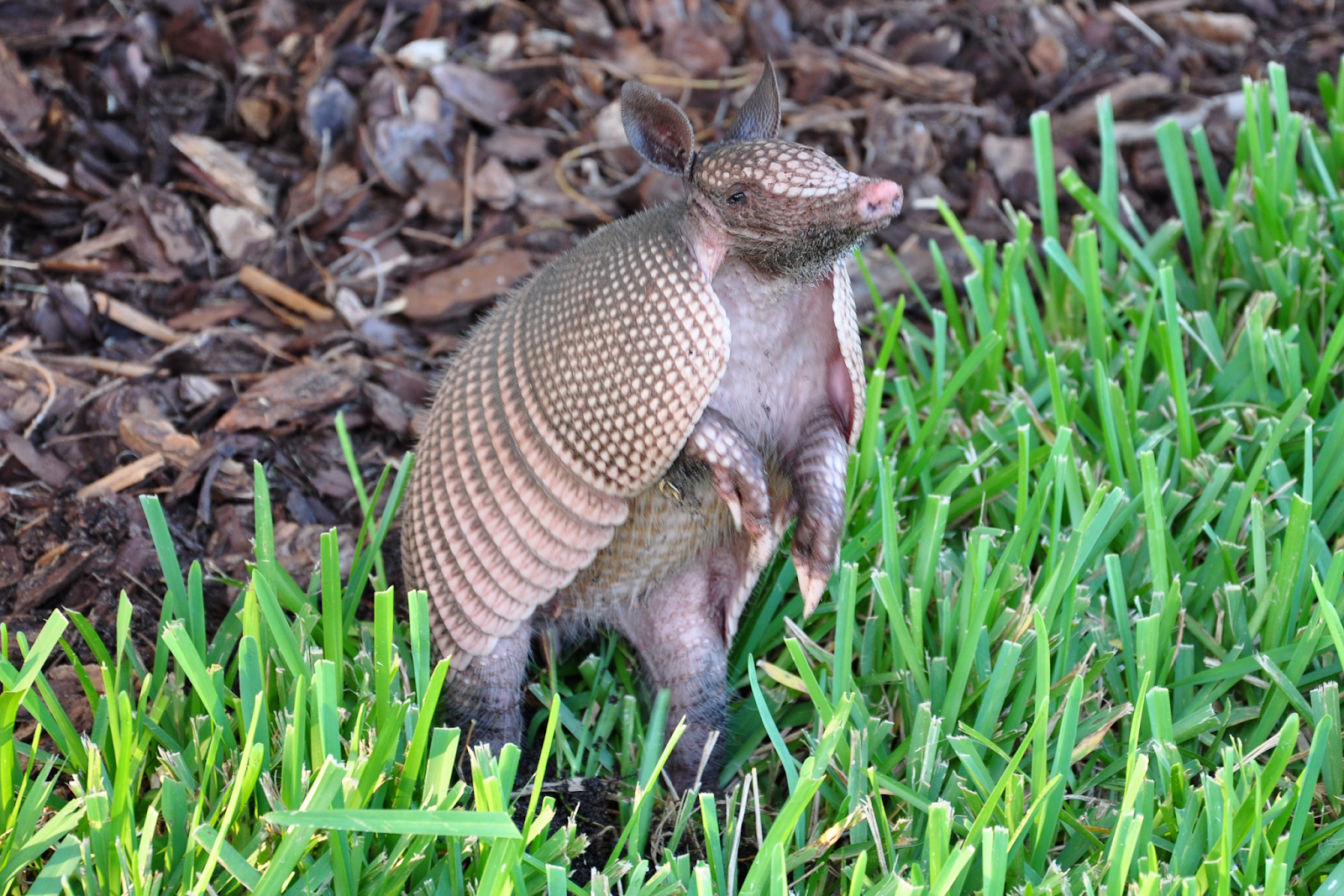
Austin is known for its quirky charm, and now, its armadillo population is adding to the city’s unique wildlife scene. These armored little creatures have been spotted more frequently in suburban areas, digging through lawns in search of insects. While they’ve always been part of Texas’ ecosystem, urban expansion had pushed them farther away until now. With more green spaces and conservation-minded policies, armadillos are finding their way back into Austin’s suburbs. Some homeowners find their burrowing habits annoying, but others appreciate them for controlling pest populations.
10. Raleigh, North Carolina
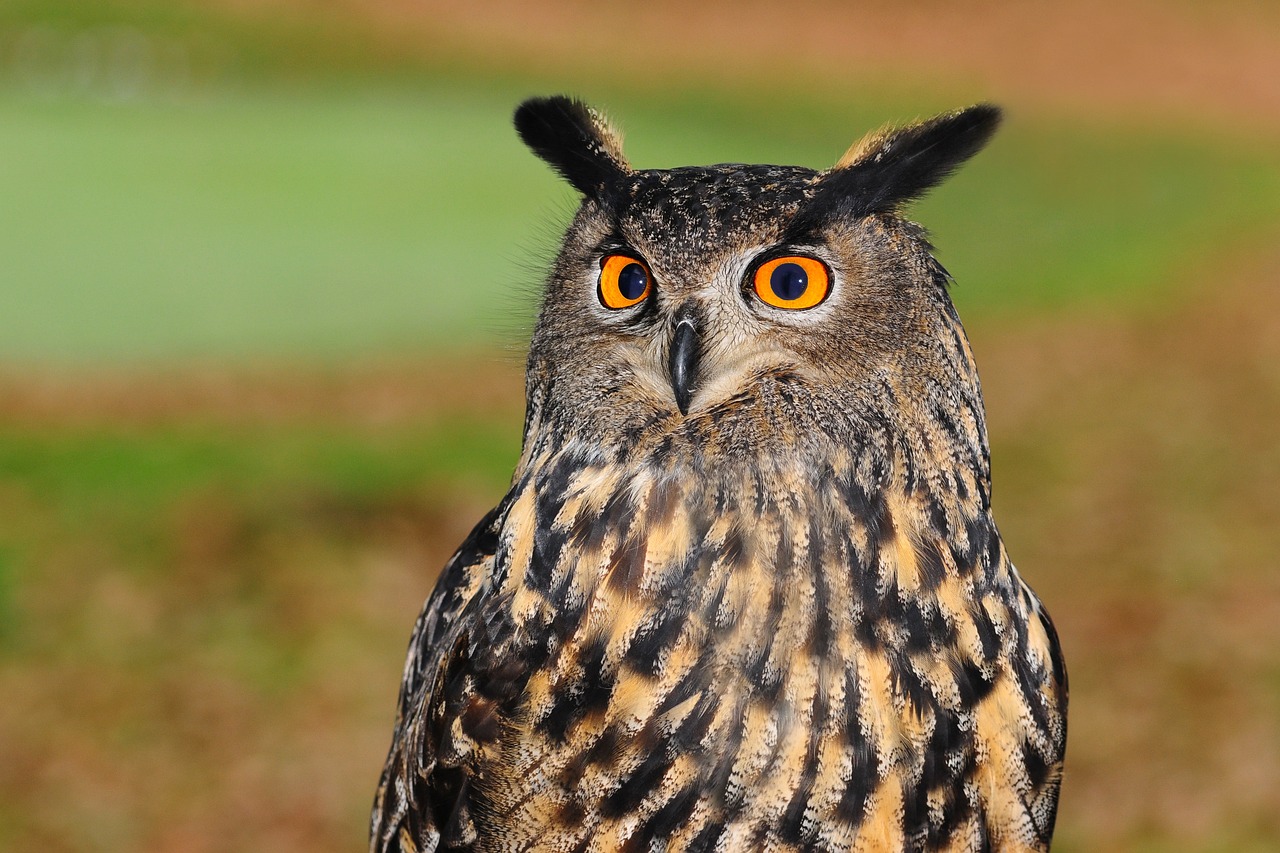
Raleigh’s night skies are once again filled with the haunting calls of owls. These nocturnal hunters have been steadily increasing in number, thanks to suburban tree conservation and a growing awareness of their ecological importance. Barred owls, screech owls, and great horned owls now call Raleigh home Residents have taken an interest in their new feathered neighbors, installing owl boxes and participating in birdwatching programs. These birds help keep rodent populations in check, making them a welcome addition to suburban life.
11. Minneapolis, Minnesota

Deer populations have been booming in the suburbs of Minneapolis, leading to frequent sightings in backyards and parks. Once largely confined to forests, these graceful animals have adapted to suburban life, nibbling on gardens and occasionally stopping traffic. Their growing presence is both a delight and a challenge for residents. Efforts to manage deer populations include controlled hunting, relocation programs, and educating the public on coexisting with them. Some homeowners install deer-resistant plants, while others embrace their presence as part of nature’s return.
12. San Diego, California
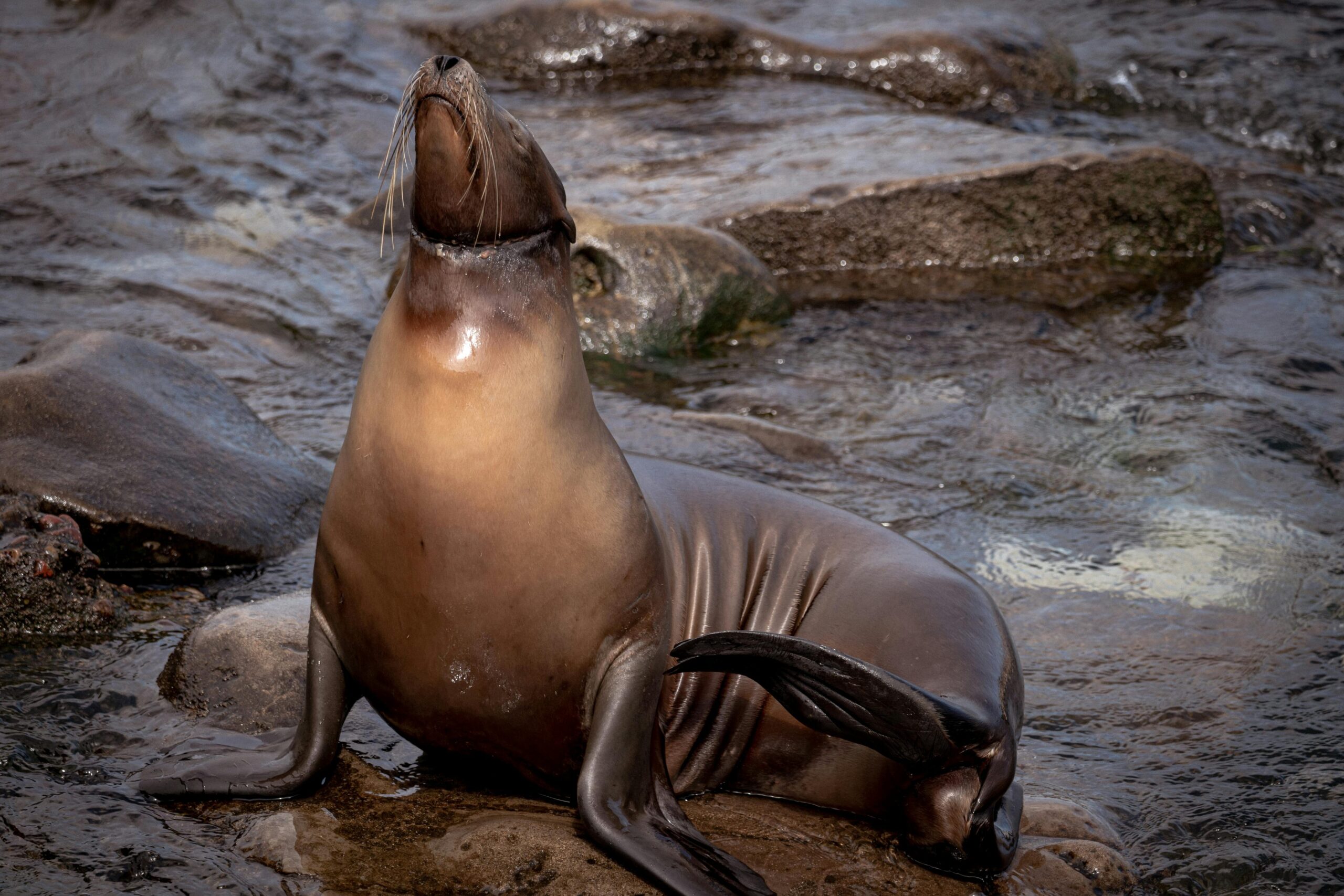
San Diego’s coastal suburbs have become an unexpected home for a growing number of sea lions. These playful marine mammals have been appearing more frequently on docks, beaches, and even private boat slips. While they’ve always been part of the Pacific coastline, conservation efforts have helped their numbers increase dramatically. Officials have worked to balance tourism with sea lion protection, setting up designated viewing areas and enforcing distance guidelines. Residents have learned to respect these animals while enjoying their presence.
13. Denver, Colorado
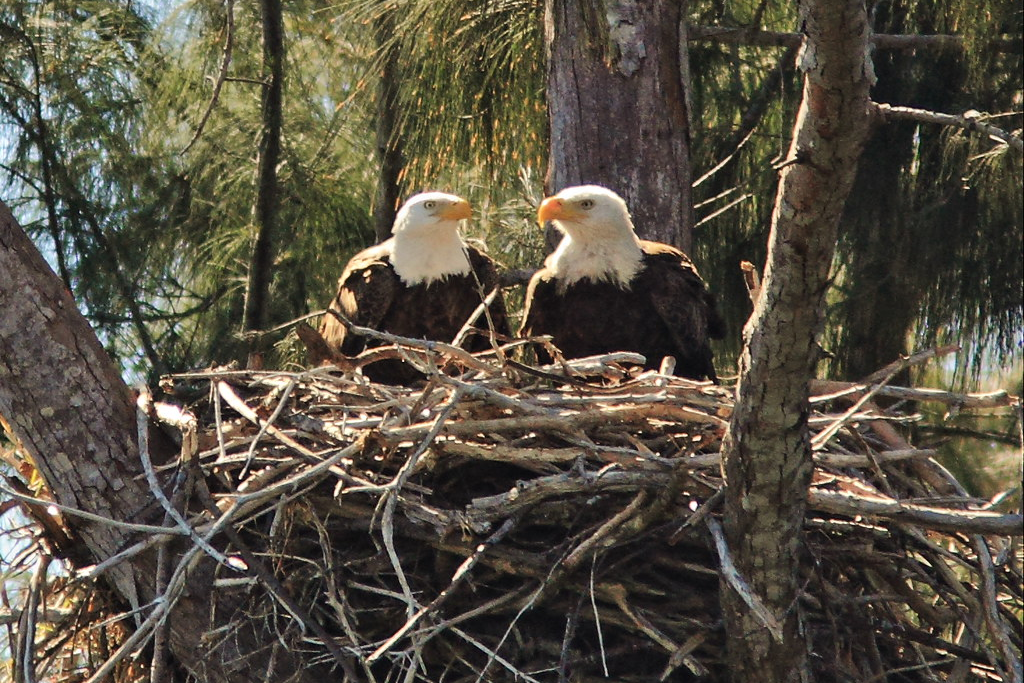
Bald eagles, once endangered, have made an astonishing return to the suburbs of Denver. These majestic birds of prey can now be seen soaring over lakes, nesting in tall trees, and hunting in open fields. Their comeback is largely due to habitat restoration efforts and strict protections against hunting and pesticides. Residents are thrilled to see America’s national bird thriving in their own backyards. Many have taken up birdwatching, tracking nesting sites and celebrating each new generation of eagles.
14. Nashville, Tennessee

Coyotes have been quietly expanding their range into the suburbs of Nashville, adapting remarkably well to urban life. Once found mainly in rural areas, these clever canines have started appearing in parks, green spaces, and even residential neighborhoods. Their ability to thrive near humans without being seen has made them a fascinating yet controversial part of the city’s wildlife. Some residents worry about their presence, especially pet owners, but experts say coyotes play a crucial role in controlling rodent populations. Wildlife officials are also encouraging coexistence by educating the public on keeping trash secured and avoiding feeding wild animals. Sightings have increased, but attacks remain rare, proving that coyotes are more interested in survival than confrontation.
15. Richmond, Virginia
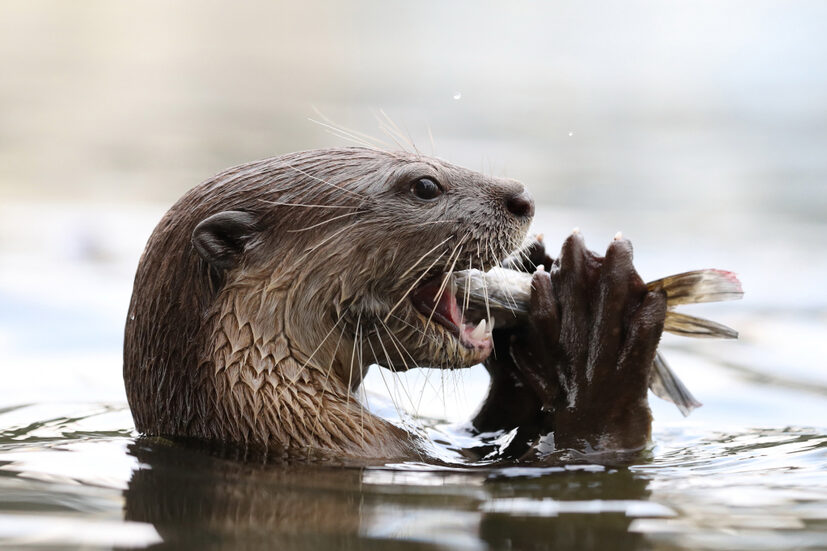
Richmond’s James River has become a thriving home for a species that was once nearly gone from the area; river otters. These playful, semi-aquatic mammals have made a strong comeback, delighting residents who spot them frolicking in the water. Conservation efforts, cleaner waterways, and better habitat protection have all contributed to their resurgence. Now, otter families are often seen sliding down riverbanks, hunting for fish, and playfully wrestling with one another. Their return is a major win for local ecology, as otters are a sign of a healthy, thriving water system. Locals are encouraged to enjoy these creatures from a distance and help maintain clean rivers to support their growing population.
If you live in any of these suburbs, how would you approach wildlife while maintaining respectable boundaries with these animals? We would like to know, so share your thoughts with us in the comments section!


